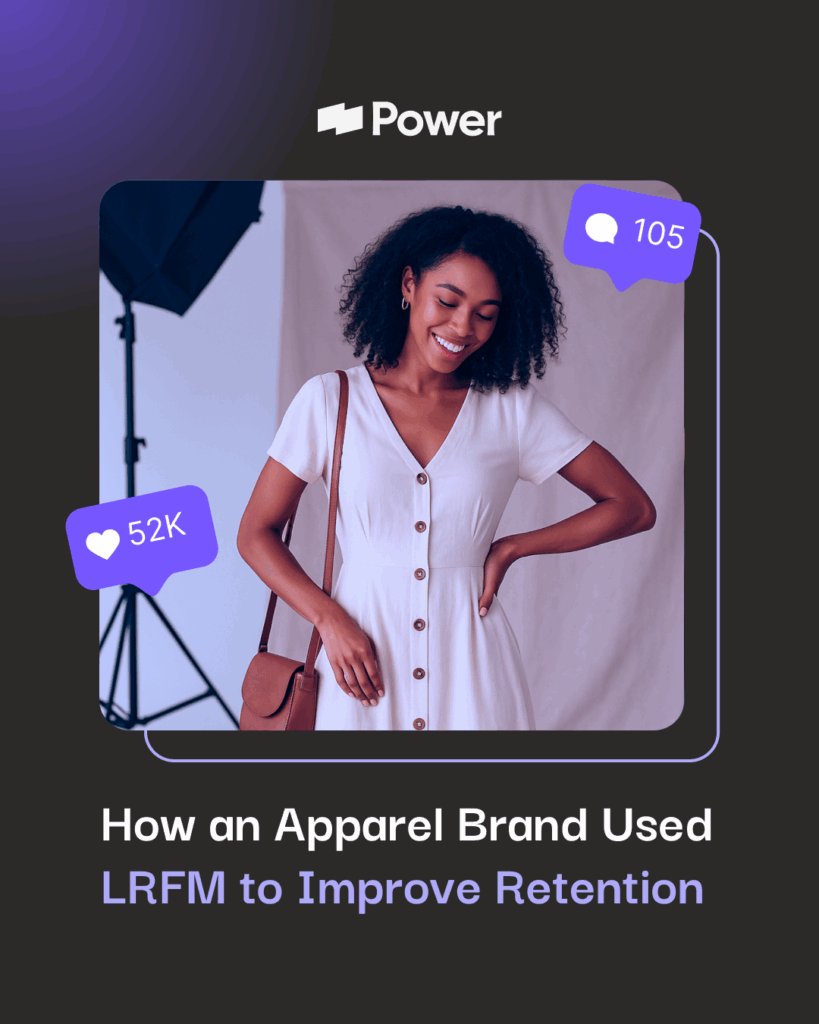As 2017 comes to a close, it’s time to start thinking about the upcoming year. Now is the time to start strategizing on your marketing plan and building a budget for 2018. What are your goals for your company? If you want your business to grow, you have to have a concrete marketing plan.
Marketing is a crucial element to getting your products or services recognized. If people are in the market to buy something that you provide, but can’t find your website nor contact information, their sales will be lost to your competitors. Success comes with planning, and good planning starts with being realistic with what marketing strategies fit into your budget.
Whether you are a small business, start-up business, or large business, everyone has the same goal in mind: make consumers aware of their products and services. It doesn’t matter how great your offerings are, you can only profit if consumers can find you. That is where a good marketing plan comes in. Making room for marketing in your budget shouldn’t be thought of as just an expense, but also an investment. Your marketing plan is a tool that you will use to help you reach your profit goal(s).
To build a marketing budget you’ll need to know:
How Much Money Can You Spend?
The first step in building a marketing budget is determining how much you can spend on executing your marketing plan. First, be realistic about what your company’s current situation is. Second, figure out if you have profits from 2017 that you can allocate to marketing in 2018. Third, if your marketing plan is aggressive and requires more resources than you currently have available, will you need to take out a loan? Perhaps most importantly, figure out how much money will you need to make in 2018 to see a return of investment (ROI) from this year?
Who Is Your Target Audience?
Spending money on the wrong strategies and mediums is the worst possible thing you can do with a budget. You have to determine where your target audience is and create a buyer persona for your industry – their lifetime value, percentage of sales from each group, etc. A great way to study audiences is by analyzing their social media habits and followers. They will tell you a lot about who they are by the content they share, comments, photos they share and the way they write. This will aid you in determining marketing channels to achieve your business goals. You cannot create an effective marketing plan or determine a concrete marketing budget without this information.
Who Is Your Competition? What Are Their Similarities And Differences?
It is imperative to review and analyze the competition for your industry. That will provide a benchmark as to where you need to be based on your company’s growth stage. Be realistic about where you stand in relation to your competitors. Set short-term goals based on where your company currently stands and where you want to be in the next quarter and year. Take the time to specify the similarities that are shared between your competitors, and compare those similarities to your own organization. Also look at what differentiates your competitors, and what makes your company stand out from the competition. Taking these steps can generate insights into the specific tactics, channels, and avenues you should incorporate into your marketing plan to help your organization rise above the competition.
What Do Different Marketing Methods Cost?
There are three different areas to consider before creating your plan tailored for your audience:
The cost of attracting new customers
After finding out who your target audience is, you might find out online options will be most valuable when trying to attract new customers. There are several online options to consider:
Search Engine Optimization (SEO)
SEO should be a central part of any effective marketing plan, and will need to be considered and incorporated into your budget. A robust SEO strategy will result in measurable increases in traffic, and consequently, in sales.
Business Listing Update
A cost-effective means of boosting your exposure and accessibility is through conducting a comprehensive update of your business listing. Business listings are an often-ignored channel of gaining increased traffic, growth, and a firmer web presence. Make sure your website is active and all the information is correct. If someone no longer works for your company, make sure they are not the point of contact listed for sales. Double check your corporate address and phone numbers as well. Sometimes these are overlooked, but are a quick and easy to fix to make sure people can contact you.
Social Media
Take stock of your social media presence and determine effective methods to help expand your social media network. Social media is a cost-effective means of building a larger customer base, while also increasing exposure to potential customers. Facebook, Instagram, Twitter are all free examples of reaching your customers. They are also great platforms to send out information to a mass amount of people. The best part is your customers can “like” or ask questions about your posts. If they can engage with you and your products or services, they are more likely to buy or recommend them.
Customer Reviews and Ratings
Yelp, Trip Advisor and other sources allow your customers to rate and review their experiences with your company. Don’t ignore your customer reviews and ratings. Consider displaying these more prominently in order to create a greater web presence. If you have negative reviews, reach out to customers to turn their experience around. This will show potential customers that you take customer satisfaction seriously, and that the service you provide doesn’t end once a customer purchases a product.
New user-friendly company website
Refreshing your company website is an excellent tool in expanding your web presence. When crafting your budget consider when your website was last updated, what features your ideal website would have, and how you can best improve the user experience for site visitors. Key features that are a necessity should be prioritized over quality-of-life features that can be added down the road.
The cost of converting interested parties into new customers
Generating higher conversion rates should be an integral aspect of any marketing plan. People who are interested in your products will likely be searching for you. Multiple aspects of your marketing plan can work together to drive higher conversion rates. Your social media presence and SEO strategy can help funnel increased traffic to your site. Once traffic is on your site, you must ensure that there are channels through which you can engage with them directly. An example of this is an email sign up list, you can send your promotions directly to them. This is a cost-effective tool that will put your products and services right in their email inbox.
The cost of retaining existing customers
You don’t want to forget your existing customers, and pushing for the highest retention rates should be considered when developing your marketing plan and budget. Effective methods to improve customer retention can be as simple as customer outreach, which is particularly effective after a purchase. This lets your customers know that you are invested in their continued satisfaction. Combine this with regular promotions that encourage existing customers to revisit your site to view new products or take advantage of sales.
What Are Your Goals For Your Company?
When crafting your marketing plan and budget, it is imperative to set goals. Your goals should be clear and concise. Spend the time to distill down your goals, and separate these into short and long-term categories. Ensure that your goals are achievable and can be easily explained to, and grasped, by those in your company. An excellent strategy is to set clear short-term goals that are achievable and will help drive your company towards securing your long-term vision.
What Goes Into The Budget?
Although each marketing plan is different, and should be guided by your company’s short and long-term goals, existing web presence, and customer base, there are certain aspects of a comprehensive marketing plan that are fairly consistent across industries. Here are some things that should be included in your marketing budget, and that have been proven to produce measurable gains in sales, web traffic, customer retention, and a larger customer base:
-
- Paid Advertising: on-line advertising, videos, banner ads, email marketing, PPC, blogs, social media campaign
- Marketing Collateral: brochures, flyers, t-shirts, pens – any other items that are designed to spread the news about your company.
- Production Costs: this includes graphic design, photography and other expenses needed to create your advertising
- Technology Costs: building a website and maintaining it
- Industry or Competitive Market Research: including testing, creative production and tracking
- Monitoring your Communications Efforts: this might include purchasing of website statistics packages, visiting retailers who sell your product and conducting surveys
Each of these items is one aspect of a comprehensive marketing plan, and should be viewed as one part of a widespread effort to achieve your goals. When executing your marketing plan, it is critical to monitor each of these facets of your plan to ensure they are delivering the results you desire. It is also important to remember that a marketing plan is never a static thing.
Rather, you must approach your marketing plan, and the marketing channels you have chosen to include in your budget, with a degree of flexibility that will allow your company to adapt to changing trends and market forces. Things will change, goals will shift, your company will grow, and new marketing trends will evolve. Staying flexible when executing your marketing strategy will allow you to position your company to act on insights generated throughout your marketing campaign, giving you the opportunity to take calculated risks to achieve even greater results.
When determining a marketing plan and budget, it is important to remember that your plan can be effective without spending too much money. You must work to find a balance with what works for you and your budget. Gather several quotes from prospective team members and compare what they offer as well as value added services. If your budget is done properly, it will deliver an expected, quantified return over time.
A properly crafted marketing budget, combined with a well-executed plan, will pay off, but it may take some time. For example, your presence at a trade show may be an investment that doesn’t realize any measurable gain in the short-term, but may result in increased sales months down the road. Remember, marketing is not short-term thinking; it is a brand-building investment. Taking the time to craft a well-thought-out marketing plan and budget, quantifying exactly how much you will be spending, what you will be spending your money on, and tracking the results of those investments will be a key factor in determining a successful, and profitable, upcoming year.








